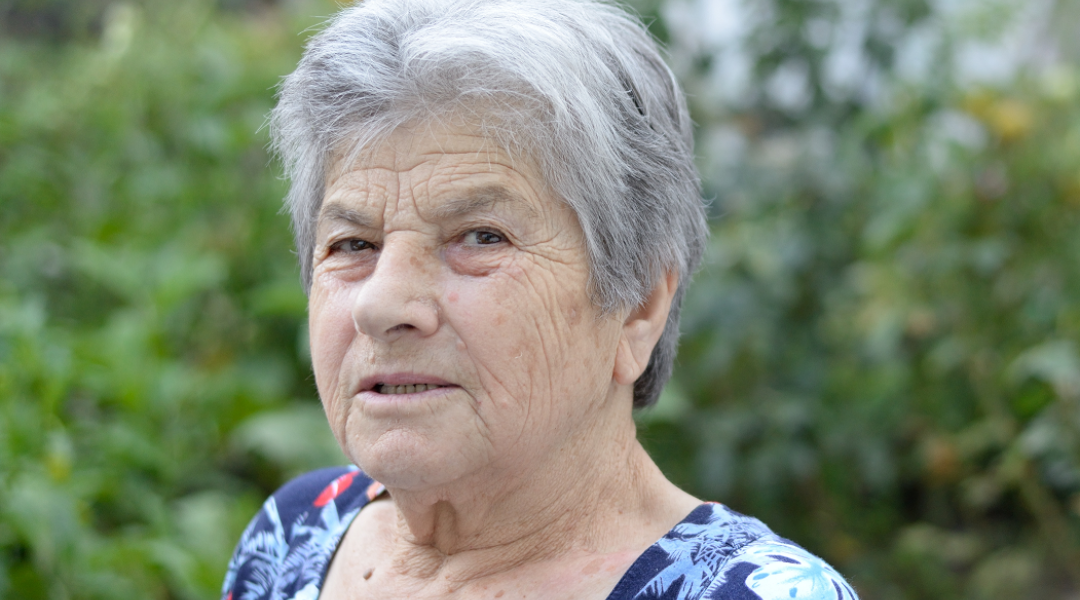Clinical case study
Anticholinergic burden: Reducing the impact on older people
Anastasia is a new resident at your residential aged care facility. You identify risk factors that make her more susceptible to anticholinergic burden. How would you help facility staff manage her case?
-
Start: 31 May 2022
-
Cost: free

Accreditation
Self-recorded CPD
It is recommended that 1 CPD hours be recorded for the purposes of self-directed CPD.
This interactive case study is endorsed by ACN according to our Continuing Professional Development (CPD) Endorsed Course Standards. It has been allocated 1CPD hours according to the Nursing and Midwifery Board of Australia – Continuing Professional Development Standard.

About
Anastasia is a new resident at your residential aged care facility. You identify risk factors that make her more susceptible to anticholinergic burden. How would you help facility staff manage her case?
Complete this online case study and receive instant feedback on your responses, compare your approach with your peers and listen to expert commentary provided by Dr Paresh Dawda, Dr Lisa Kouladjian O'Donnell and Dr Kate Annear.
Learning outcomes
On completion of this activity you should be able to:
- Identify medicines that contribute to cumulative anticholinergic burden, which may lead to poor patient outcomes.
- Recognise signs of anticholinergic burden to better communicate patient symptoms to the multidisciplinary team.
- Consider medication management plans that incorporate alternatives to medicines with anticholinergic effects and/or deprescribing to minimise anticholinergic burden.
- Implement a person-centred multidisciplinary approach to assessing, managing and reviewing anticholinergic burden to improve patient outcomes.



